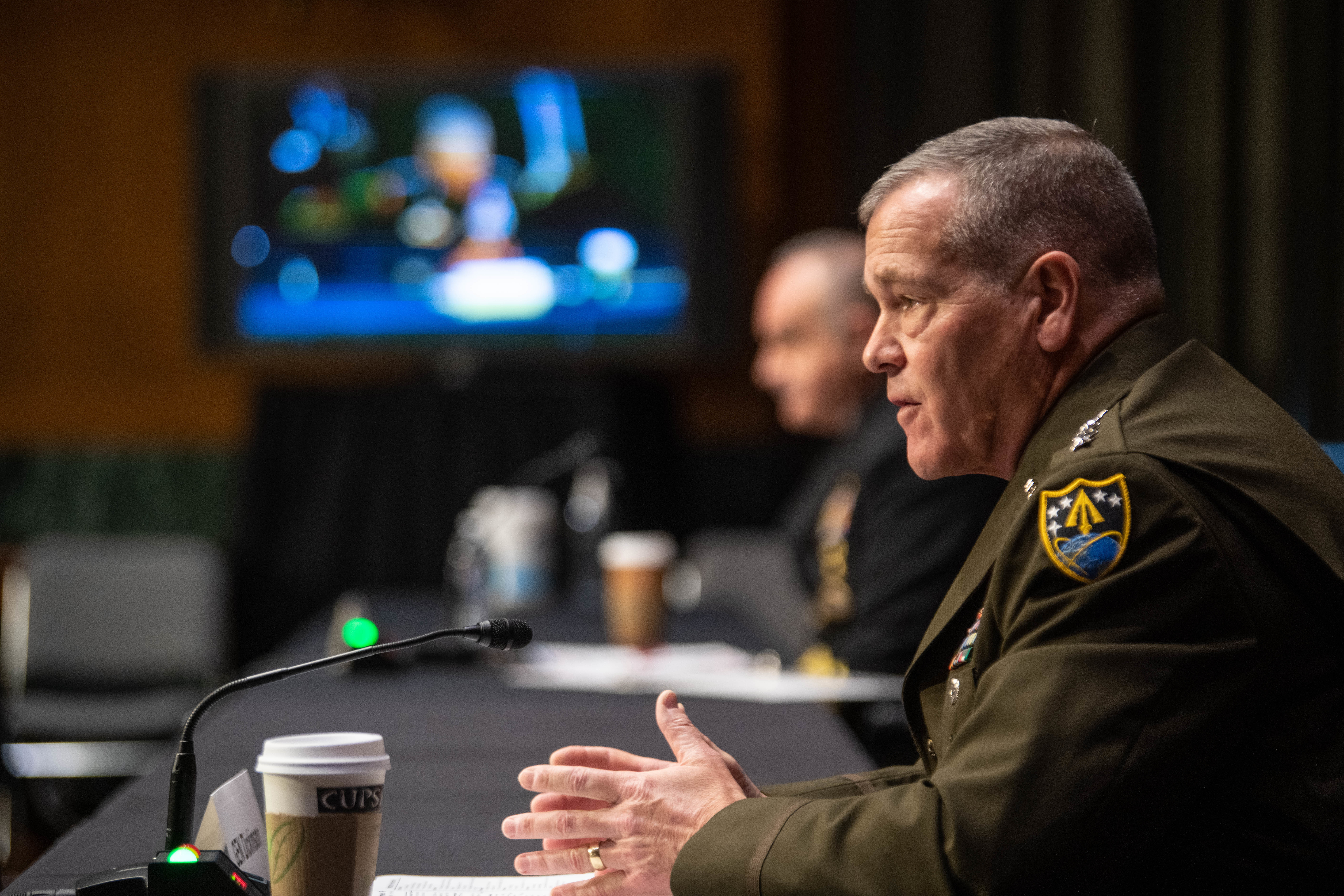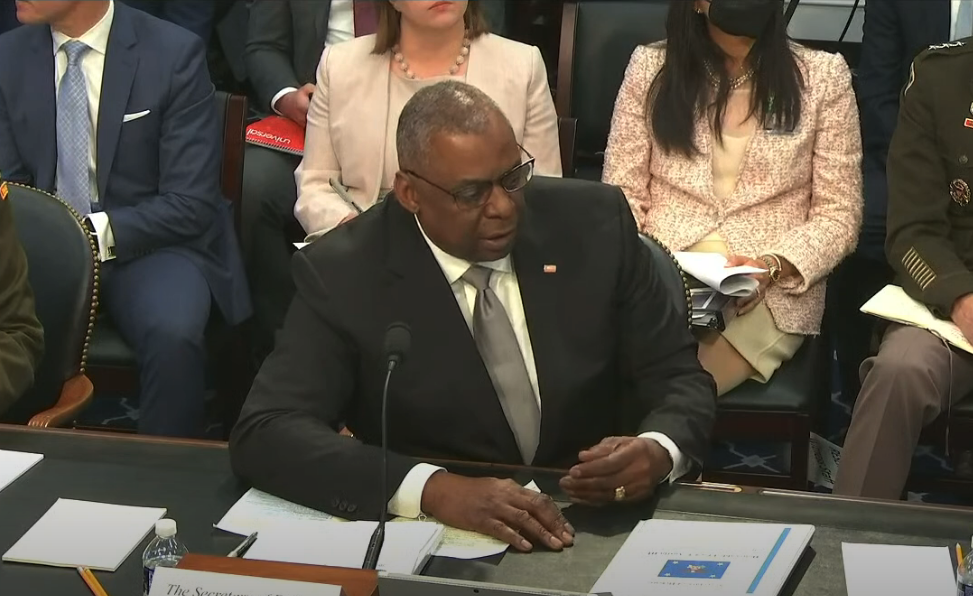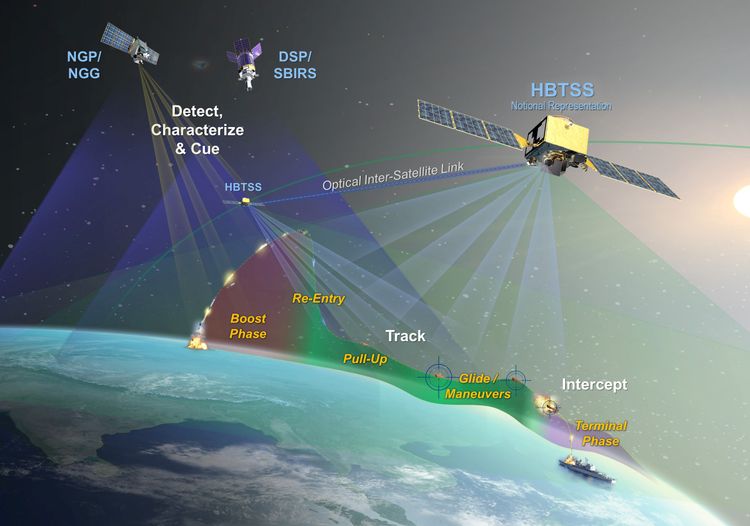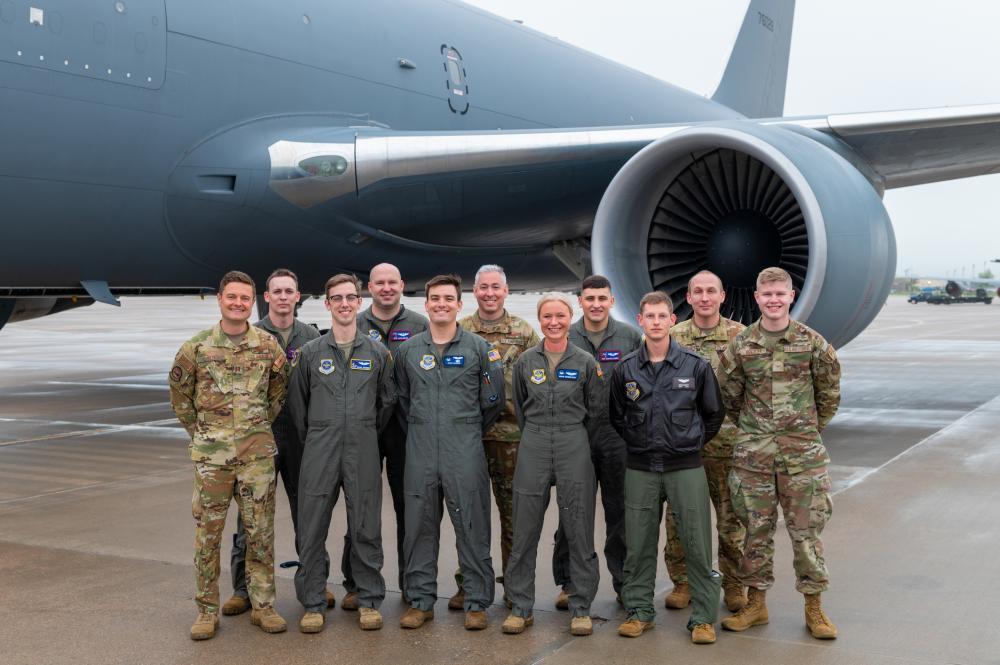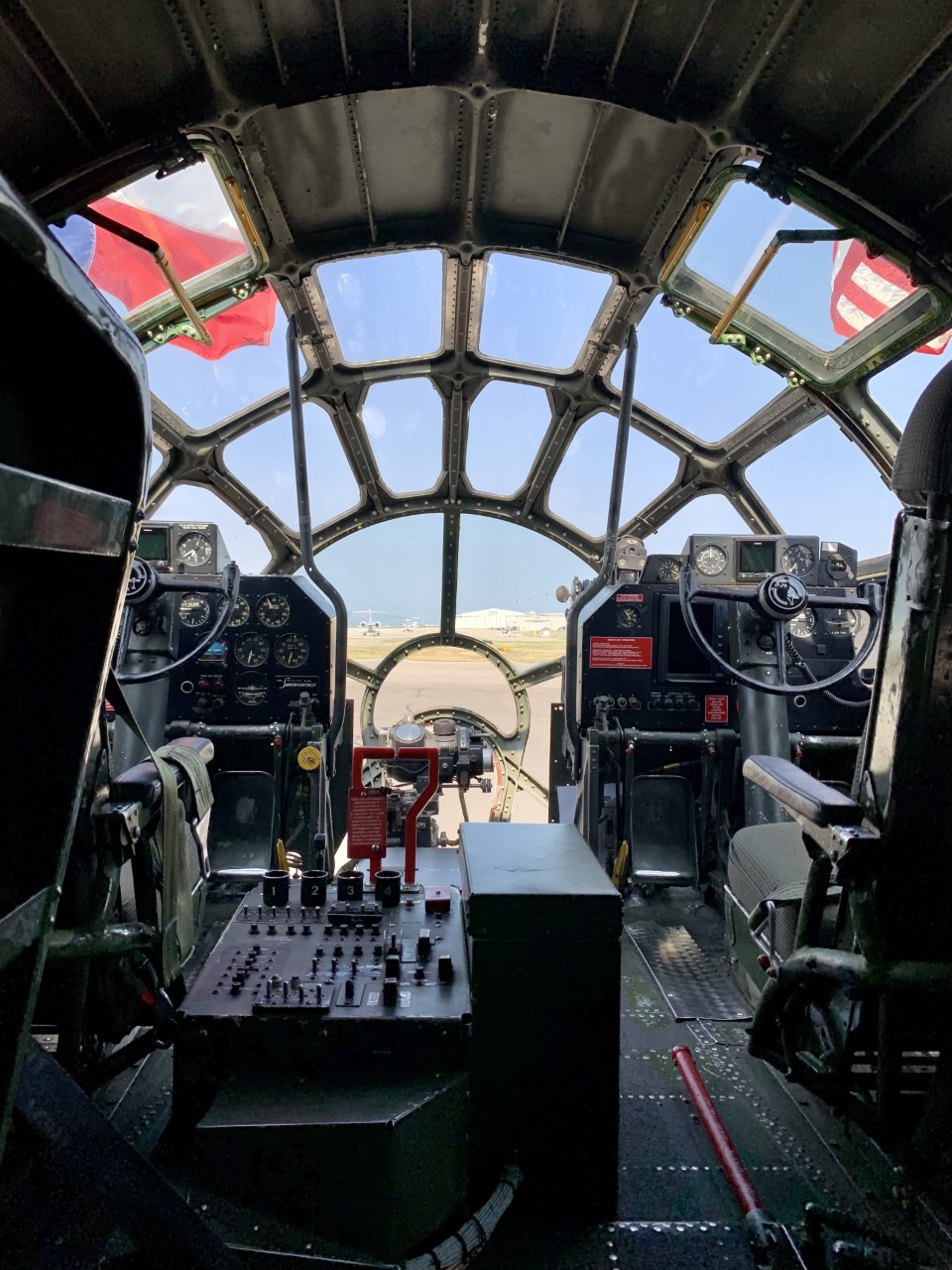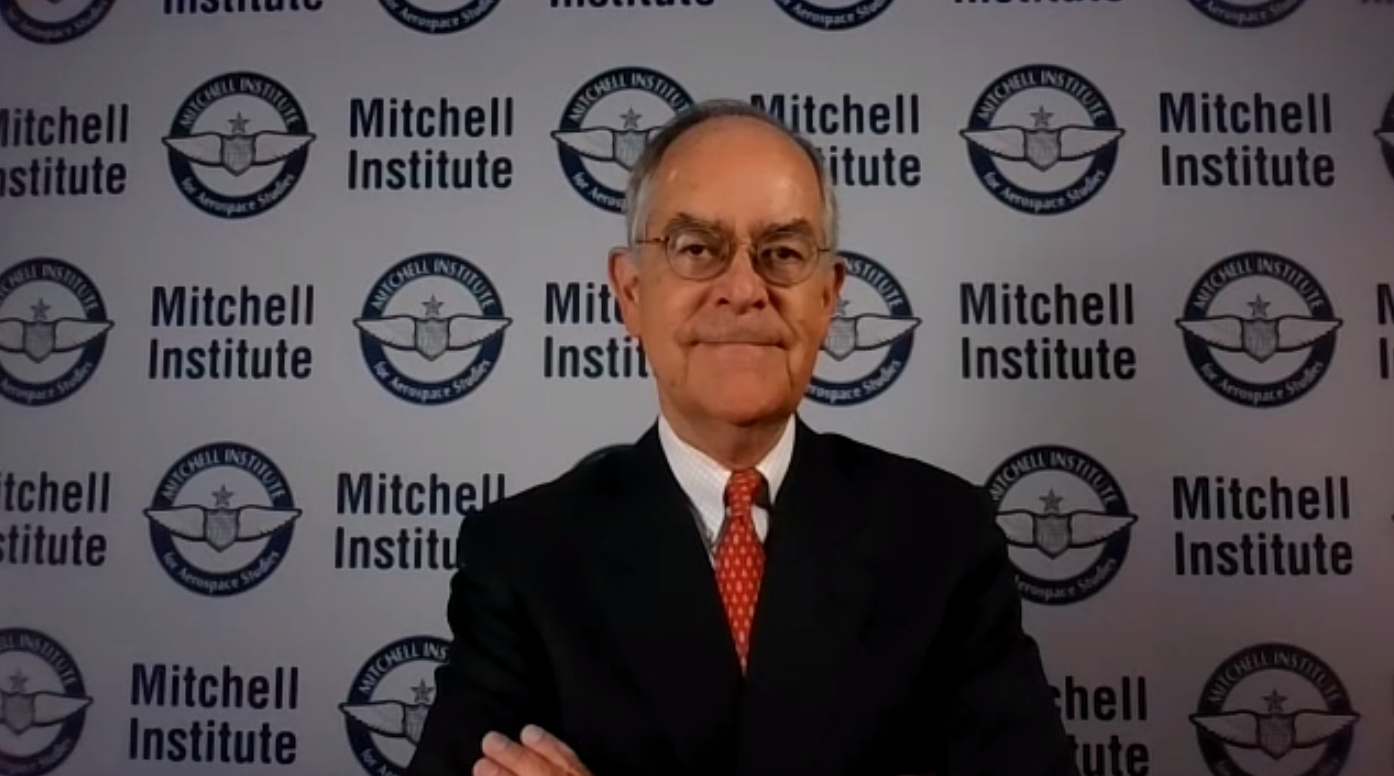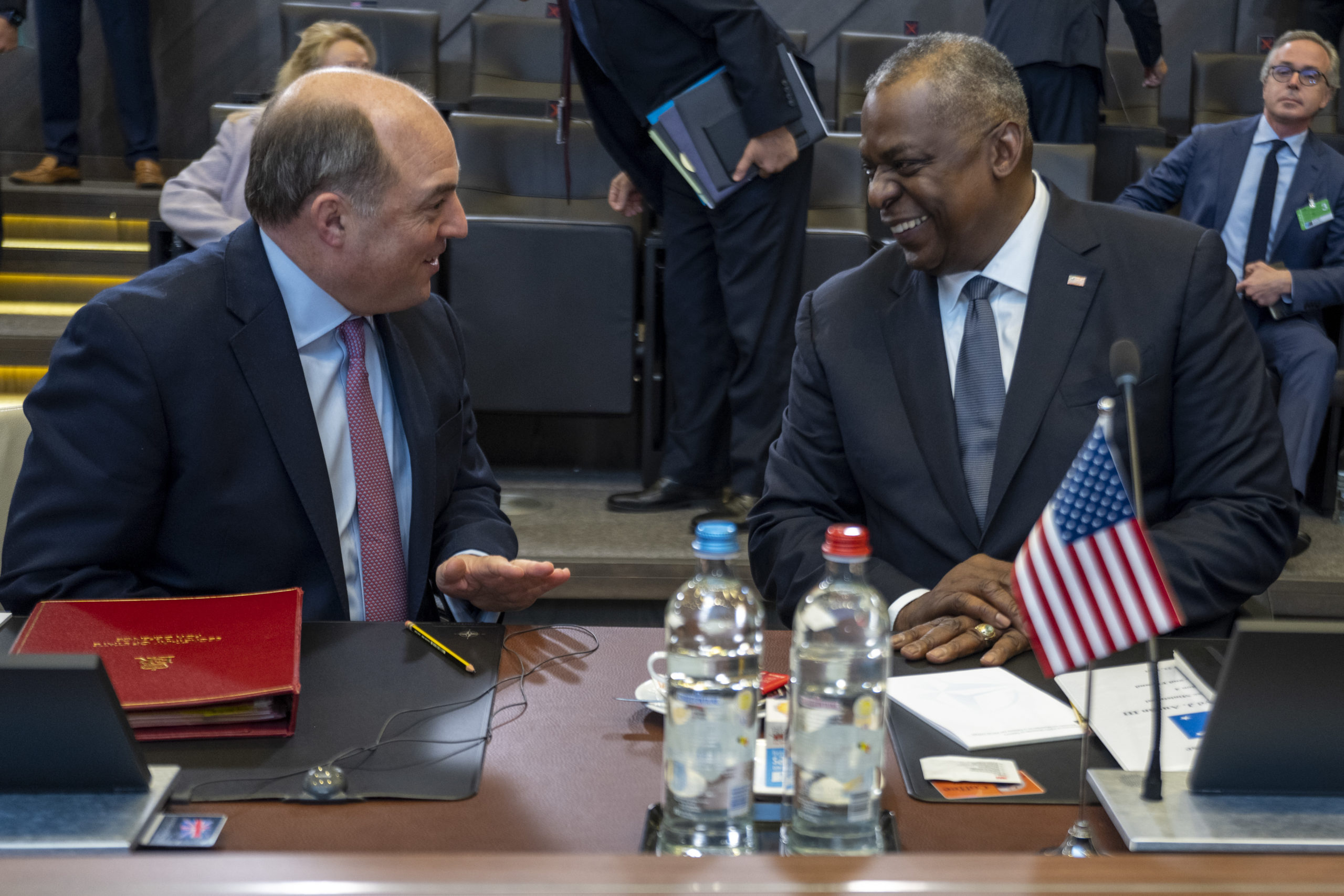The Air Force didn’t break the law, nor did it violate Defense Department policy, when it chose Redstone Arsenal, Ala., as the permanent home of U.S. Space Command in 2020, according to DOD’s internal watchdog.
However, the Office of the Inspector General recommended that Defense Secretary Lloyd J. Austin III more firmly solidify the headquarters selection process for a unified combatant command and found other irregularities and concerns.
Overall, the OIG found that the basing process “was reasonable,” according to its report dated May 11.
At the same time, the office recommended that:
- Austin review concerns about Space Command’s timeline for reaching full operational capability.
- Secretary of the Air Force Frank Kendall issue a memo reminding personnel of the requirement to “retain all records of basing actions.”
- Kendall review three selection criteria—out of a total of 21 criteria—for which the Air Force couldn’t provide sufficient documentation.
Congress’ Government Accountability Office is also investigating the decision, and the OIG report also indicates that the Department of the Air Force is still “finalizing” it.
The DAF twice searched for U.S. Space Command’s permanent home base after it became the military’s 11th unified combatant command in 2019. The administration scrapped one list of finalists before then-Defense Secretary Mark T. Esper decided to go with a different process—one developed by Army Futures Command—in which local communities got to make pitches.
Convinced the command’s headquarters made the most sense at its temporary home of Peterson Space Force Base, Colo., members of Colorado’s congressional delegation have objected to the choice of Redstone Arsenal that they contended was made “for political reasons.” After his presidency ended, Donald Trump took credit for the decision.
Colorado’s members of Congress since raised the issue of Space Command’s timeline for reaching full operational capability. Sen. John Hickenlooper (D-Colo.) told Air Force Magazine in an April interview that he estimated achieving “FOC” could take years longer if the command had to move to Alabama.
The OIG recommended Austin review “concerns expressed by the Vice Chairman of the Joint Chiefs of Staff, the United States Space Force Chief of Space Operations, and the Commander of United States Space Command” pertaining to the command’s FOC. However, most of the senior leaders’ comments are redacted in the OIG’s report with the exception of a footnote indicating that the commander of U.S. Space Command, Army Gen. James H. Dickinson, “reiterated … [redacted] … could not provide Basing Office personnel evidence that the USSPACECOM HQ would achieve FOC sooner at one candidate location over another.”
Dickinson said in congressional testimony in March that the basing decision was preventing the command from getting to FOC “as quickly as possible” but also estimated that both staying in Colorado and moving to Alabama would put FOC in the range of “a couple/three years.”
In the department’s response, Austin said he would direct Kendall to review the concerns.
In response to the finding that “Basing Office personnel did not fully comply with Air Force records retention requirements,” the Department of the Air Force agreed to “issue a directive emphasizing the requirement … as well as conduct recurring oversight to ensure sustained compliance.”
A member of the Basing Office told OIG investigators that he believed “the Air Force only required retention of the … records that showed the selection of [Redstone Arsenal] as the preferred permanent location”—not other intermediate working documents that would help a third party such as the OIG to validate the process.
The process called for ranking six candidate headquarters locations within each of 21 criteria, but the OIG “could not determine the reasonableness or verify the accuracy” of the rankings for three of those criteria: child care availability, housing affordability, and access to military/veteran support.
DAF agreed that “prior to finalizing this basing decision,” it would “conduct further analysis” of the three criteria.
On the matter of a uniform policy for selecting combatant command headquarters locations, the OIG suggested that the official within a military department who is entrusted with the selection process be required to follow that service’s own—not another service’s—“policies, procedures, and internal controls in future combatant command basing actions.”
